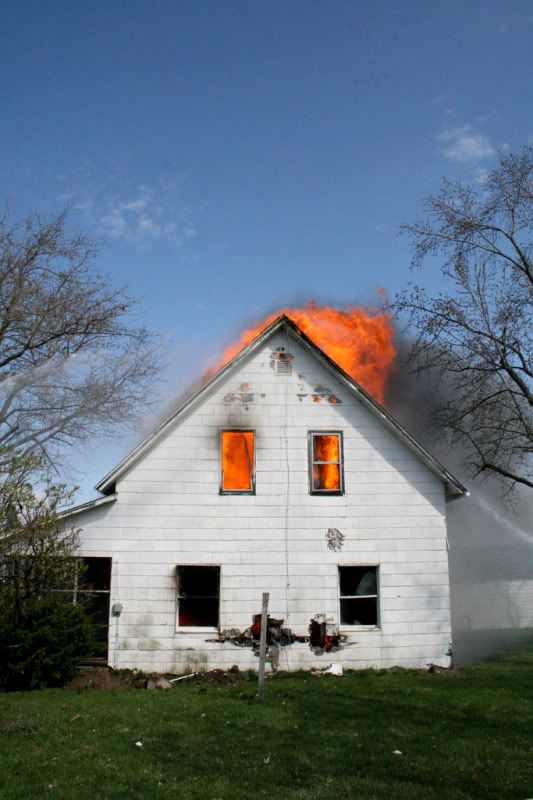





Images by Matt McLaughlin – Columbia College – Chicago, IL
It’s entertaining, it clues us in on things we don’t know about, and it allows us to lose ourselves in fantasy – Its television. Ever feel like we tune in too much? Matt’s images serve as a reminder to me that we do. Lately, I have been keeping the television off, and have found that in return, life is far more interesting – and it’s for that reason, at this particular time in my life, that these photographs stood out to me. It is easy to begin to believe we have experienced or understand certain things just because we have seen them happen, or learned about them on TV. Realistically, we have not. Every moment we watch television is a moment we could have spent experiencing the world around us.
“Turn off the TV, look around,” is what Matt’s images say to me. Aside from my recent abolition of TV, it is the settings he has chosen that assert this idea. They are places and things that I could see and experience if I were to walk out my front door and go for a stroll. Others, I could encounter if I took only an hour out of my life to go somewhere else. What is important here is that these places seem to be familiar, though I am reasonably unfamiliar with them.
We see them every day, but not as often do we stop to feel the impact of a river decorated with trees, that is even beautiful in the off season – a cemetery, where those who were once just like us lie in resting – the skyline, built from the ground up by those before us with an ambition for progression – a great lake, whose stories would go back to the beginning of time if it could tell them – train tracks, which were once the most valuable resource that had been invented – and a tree, the life source of humanity.
The real question here, a question that all photographers should ask themselves is: Who is viewing these images?
How are these images going to be received by them, and why? Matt’s images appealed the way that they did because the settings were familiar to me, in addition to the fact that I have been taking notice of life in the absence of television. Would someone who is unacquainted with these places, or glued to the tube feel the same way? Are these images contextual? If they are, do I want them to be contextualized? If I don’t, what do I need to do to extend the message I intend to send to different types of viewers?
My point is that as photographers we need to persistently and open-mindedly ask ourselves questions about our own work in order to make it exactly what we intend for it to become. The more questions you ask, the more refined your body of work will become. The more refined your work becomes, the better it will be, and the more you will trust your decisions.
To see more work by Matt McLaughlin, check out his
flickr.












